Adequate light, water, temperature, and nutrients are the building blocks of a healthy plant. They are the critical elements that regulate vital metabolic processes. Without these factors, plants cannot process their food and life cycle. Besides light, water, and temperature, these essential nutrients are added to plants in liquid fertilizer forms. Below, let’s talk about nitrogen for houseplants.
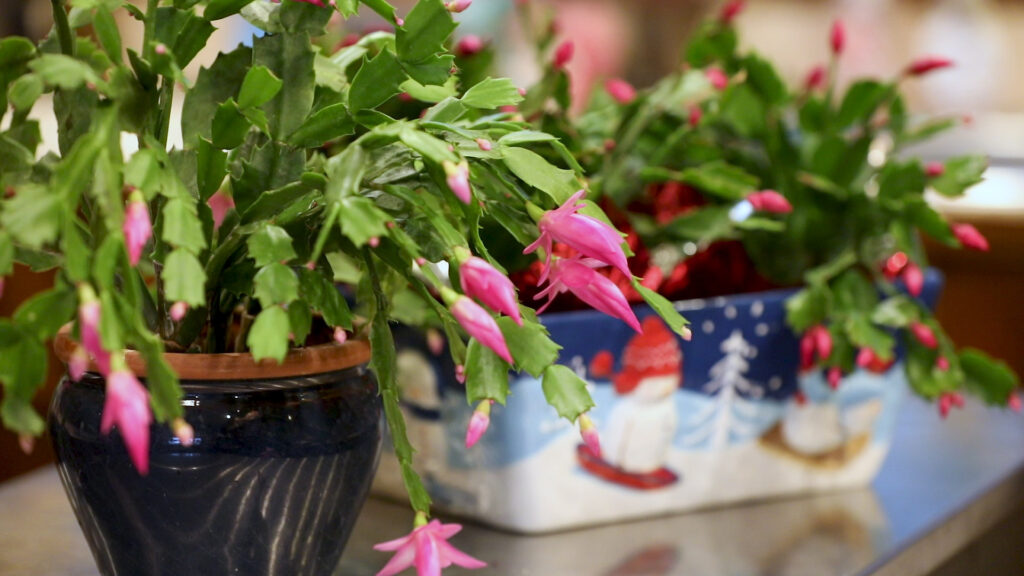
Healthy Christmas cactus
Unlike outdoor plants, the indoor plants are kept in pots and interior controlled spaces. So, they do not get the nutrients they need most of the time because nutrients do not replenish in potting soil.
Therefore, to replenish these nutrients in the soil for potted plants, one needs to follow a scheduled application process. In addition to that, indoor plants need more regular fertilizer applications during the growing season.
Let’s learn the importance of nitrogen for houseplants and what essential sources act as organic fertilizers for houseplants.
Importance of Nitrogen for Houseplants
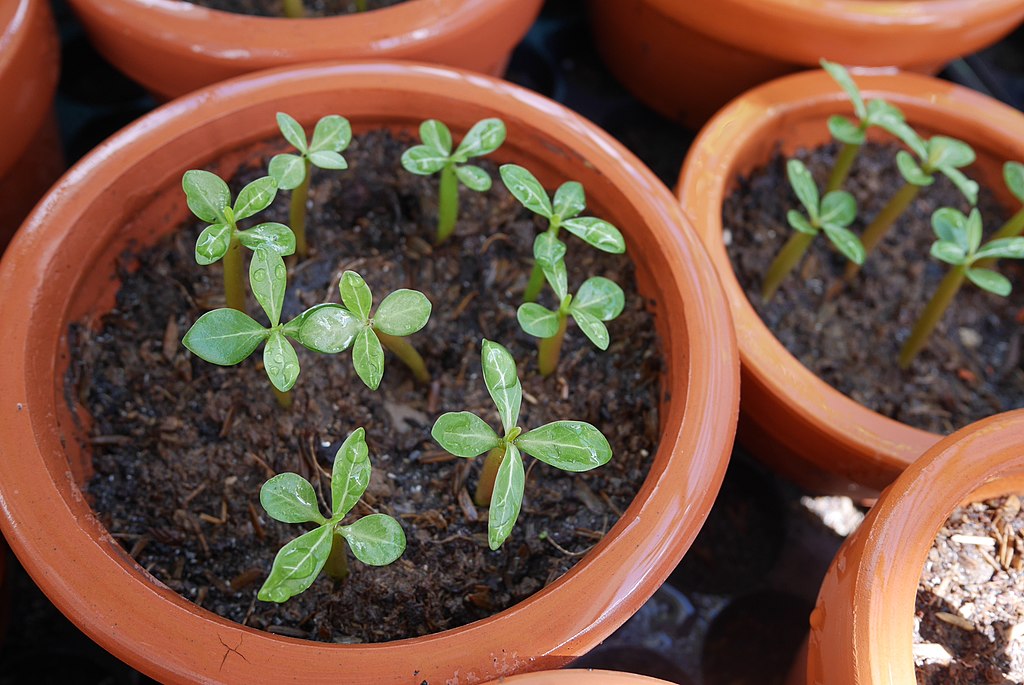
Plants need nitrogen at an early growing stage for rapid growth and to ward off pests
Among seventeen essential nutrients to complete their life cycle, plants obtain three nutrients—carbon, hydrogen, and oxygen. While other fourteen nutrients are derived from the soil. Nitrogen, phosphorus, and potassium are macronutrients that perform the following functions;
- Nitrogen is the growth element that promotes leaf green growth in plants
- Phosphorus is the energy provider and is termed as energy packets. It helps the plant to form new roots, flowers, and fruits.
- Potassium helps plants make solid stems and grow fast.
These nutrients are supplemented through fertilizers for plant health and growth. Moreover, plants also leak these nutrients into the soil through roots in sugars or minerals.
Nitrogen is essential for growth and survival. There is 78% nitrogen even in our environment, but the plant can not use it and can only uptake it from the soil. Therefore, it is added through fertilizers to refill the nitrogen in the ground.
Why Do Plants Need Nitrogen?
Nitrogen is a fundamental component of plant growth. It helps plants in chlorophyll formation and is also a part of the molecule. Nitrogen assists plant in photosynthesis (food making process) and supports their vegetative growth.
It has unique benefits for indoor, outdoor, or flowering plants, which are given below:
Nitrogen Helps Plant In Chlorophyll Production
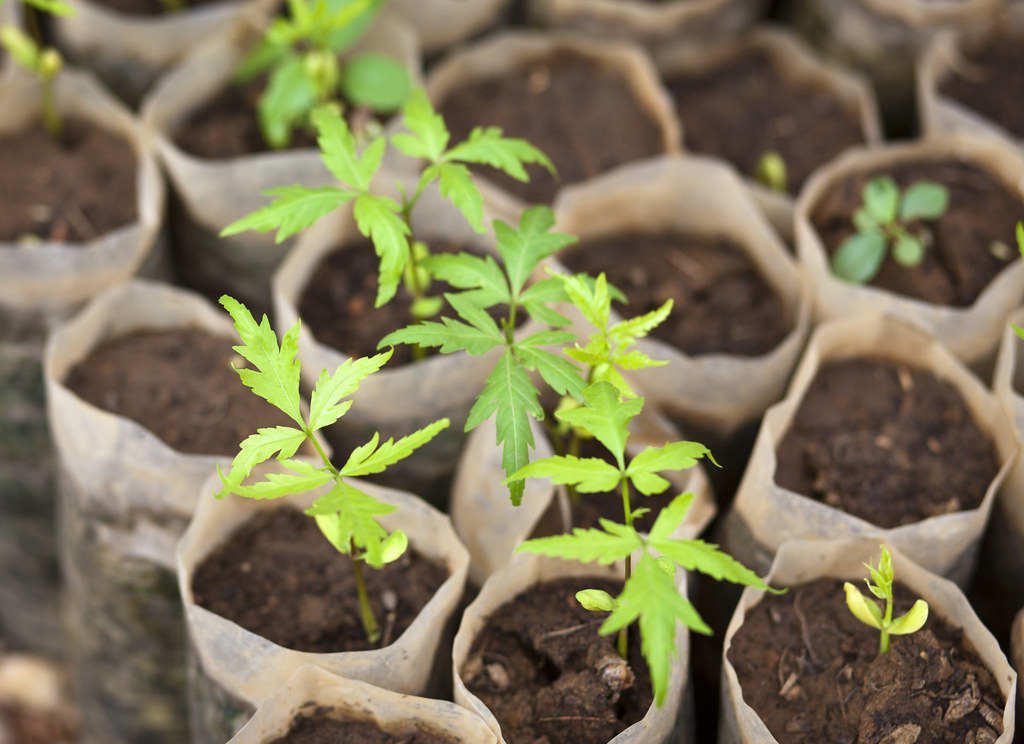
The adequate levels of nitrogen results in healthy seedlings
Nitrogen is the main component of the chlorophyll molecule. In this way, it supports plants in photosynthesis. In the case of nitrogen deficiency, plants will not be able to synthesize their food and lack the strength to survive and fight pests.
Assist Plants in Vegetative Growth
Nitrogen is the building block of plant protoplasm which acts as a catalyst for the minerals and supports plant growth. Not only this, but the protoplasm is also responsible for rapid shoot growth, flower bud formation, and fruit production.
Nitrogen Strengthens Plant’s DNA
Nitrogen is a significant component of nucleic acids, amino acids, and DNA. It strengthens the plant’s defense against viruses, fungal pathogens, and harmful insects.
Nitrogen Play Major Role in Photosynthesis
As the main component of chlorophyll molecules, nitrogen plays a crucial role in photosynthesis. It collects enough sunlight and assists the plant in synthesizing carbohydrates and sugars through water and carbon dioxide.
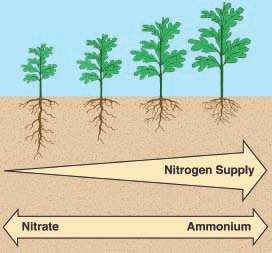
Nitrogen supply and its assistance in photosynthesis enhance plant growth.
Plants with optimum levels of nitrogen experience more photosynthesis and show more growth.
RELATED: What are the Effective Ways to Fix Nitrogen Toxicity in Houseplants?
Signs and Symptoms of Nitrogen Deficiency in Plants

A typical nitrogen deficiency symptom in squash
The nitrogen deficiency symptoms in plants appear as yellowing of foliage and stunted growth. When there is no nitrogen in the soil, chlorosis occurs, which leads to a yellowish appearance in plant leaves. This discoloration is more prominent in older leaves and spreads to new leaves.
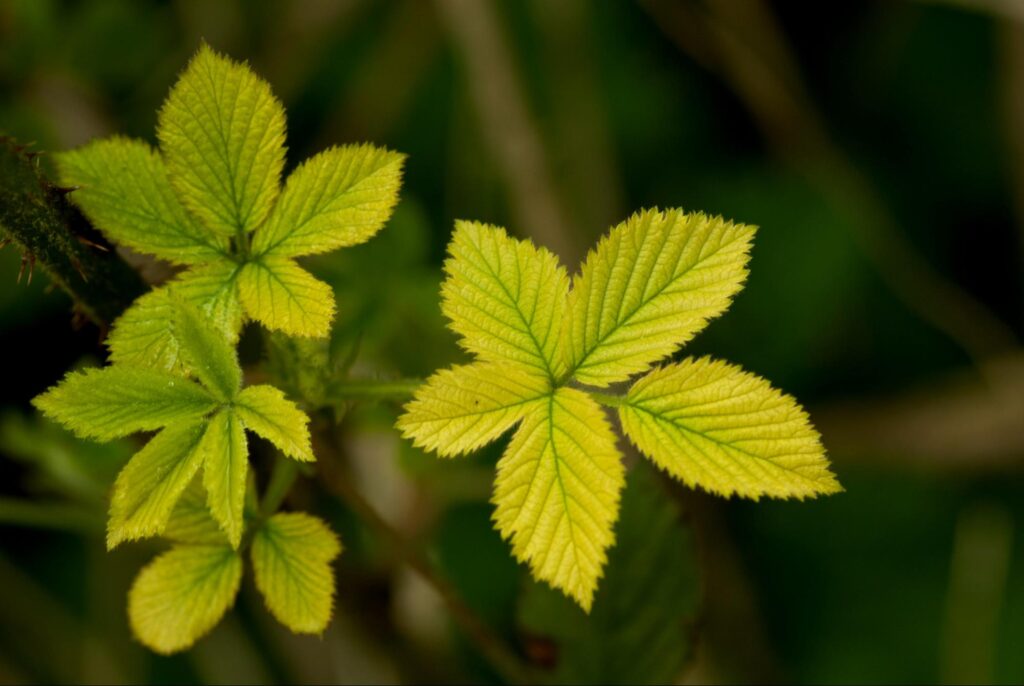
Nitrogen-deficient leaves with clear veins
However, nitrogen deficiency is easy to cure with nitrogen-based fertilizers.
On the other hand, overfeeding plants with nitrogen is also harmful. It leads to excessive vegetative growth with no development of reproductive parts. Furthermore, the excess vegetative growth causes falling on the ground.
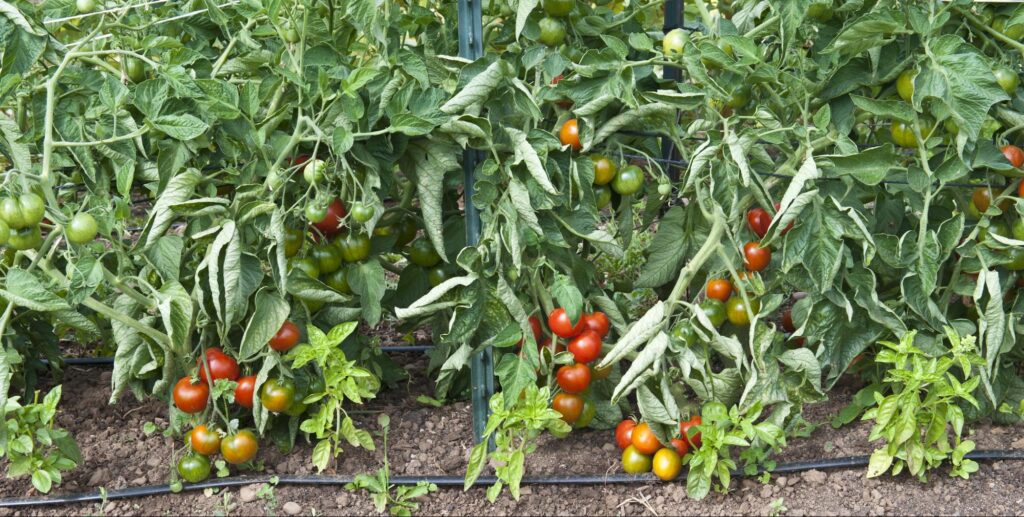
Excessive nitrogen in tomato plants leads to leaf rolling, bushy
How Do You Add Nitrogen to Houseplants?
Nitrogen is vital for houseplants because it boosts their growth and increases their cosmetic value through lush green leaves. The best way to add nitrogen to houseplants is through fertilizer-based soil amendments. As the indoor plants grow, they extract nutrients from the soil, and potting soil needs refilling to support the growth of houseplants in a controlled environment.
There are various organic and inorganic ways to add the nitrogen to the soil that are given below:
RELATED: What Are the Important Roles that Plant Nutrients Play for Growth and Development?
Homemade Composting As Houseplant Fertilizer
The best nitrogen and organic fertilizer is homemade compost. It adds nutrients directly to the soil and helps grow the healthiest plants in the longer run.
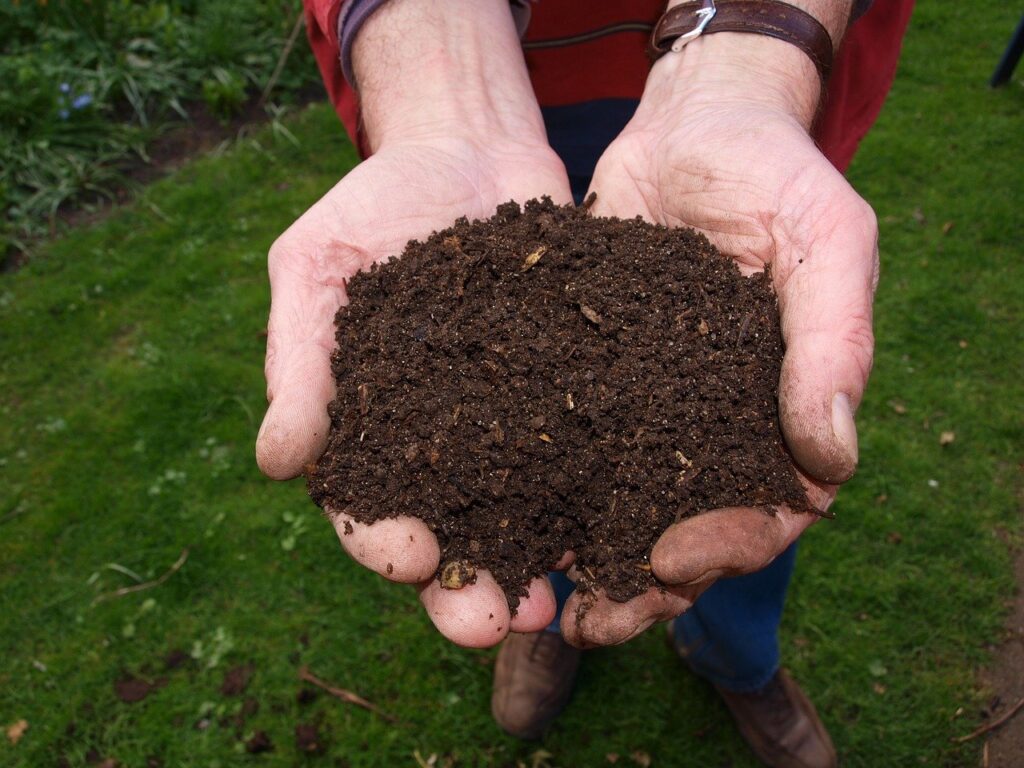
Adding compost to your potting soil will fulfill the need for nitrogen in indoor plants.
Compost or animal manure is rich in nitrogen as the microbes (bacteria and fungi) release the nutrients for plants. This organic fertilizer has an advantage over synthetic fertilizers, as it enables plants to fight diseases and pests and grow their best.
In addition to that, this homemade fertilizer also improves soil texture and retains moisture levels. So, the homemade version is the best to feed the plants with nitrogen in an environment-friendly way.
Synthetic Fertilizers For Indoor Plants

Commercially available nitrogen fertilizer to assist the plant in healthy growth
Synthetic fertilizers are commercially available to fill the plant’s needs. They come in with nutrients such as potassium and phosphorus. When choosing synthetic fertilizers for houseplants, buy the fertilizer with high first numbers—NPK ratio. For example, the NPK ratio in synthetic fertilizers will be 10-10-10, and the higher number will always be nitrogen levels.
Note: These synthetic fertilizers only supplement the plant with essential nutrients. As plants absorb them to complete the life cycle, they fade away.
Other Sources of Organic Fertilizers for Indoor Plants
Banana Peels
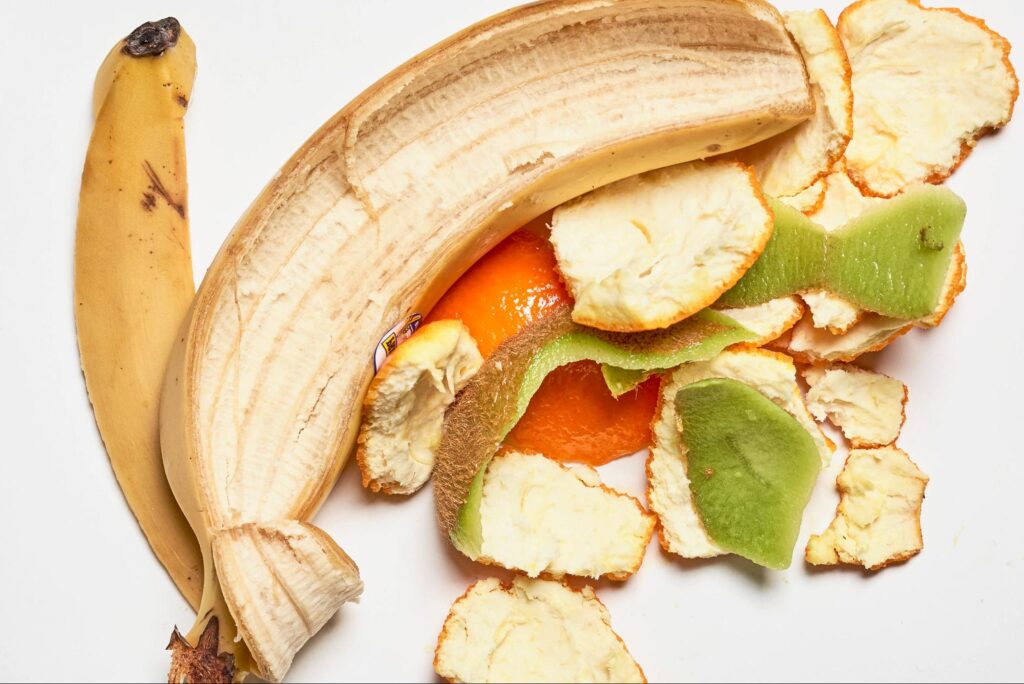
Banana peels are a great source of nitrogen and potassium nutrients
Banana peels are a great source of nitrogen and potassium for houseplants. So add the pieces of peels to the potting soil mix and let it decompose for a few days. Then plant the houseplants in potting mix to give them a boost of nitrogen.
Coffee Grounds
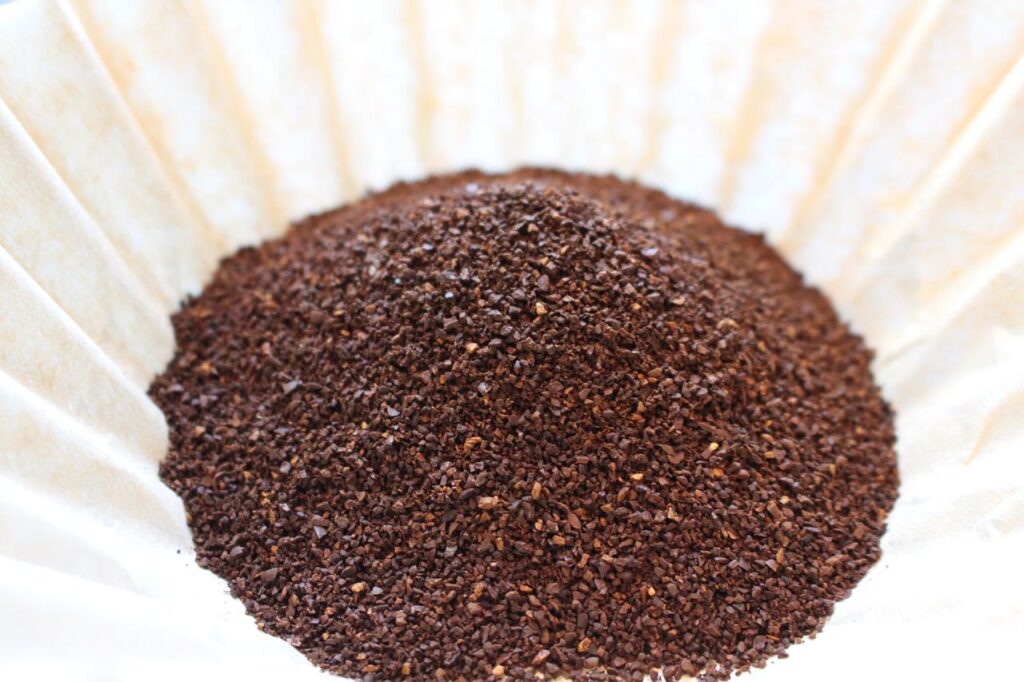
Coffee grounds are a great source of essential nutrients—indoor plant fertilizers.
Coffee grounds fertilize houseplants with nitrogen and magnesium, potassium, copper, and phosphorus. It also keeps the garden slugs and snails away while attracting the earthworms. For a daily quick boost, simply sprinkle the used grounds on the soil of potted plants. Then, add water to seep the nutrients into the soil. The other best way is to add the coffee grounds to the compost pile to release more nitrogen.
Furthermore, you can dilute the coffee grounds with water (organic liquid fertilizer), pour them into the spray bottle and mist on plants (to repel the pests), and add them to the soil to boost nitrogen levels.
Fish Manure
Fish manure is rich in nitrogen, potassium, and phosphorus. So, while removing the water from the tank, save it in a bucket to add to indoor plants (houseplant fertilizers) and vegetable gardens as liquid fertilizers.
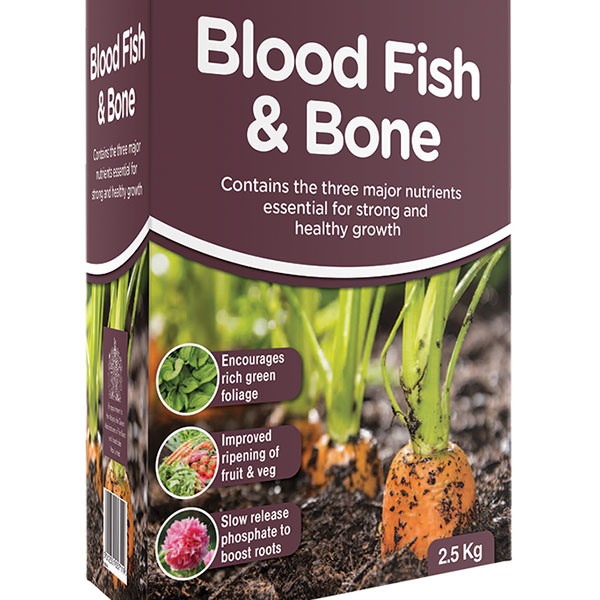
Fish manure as fertilizer for indoor plants and outdoor gardens
Eggshells
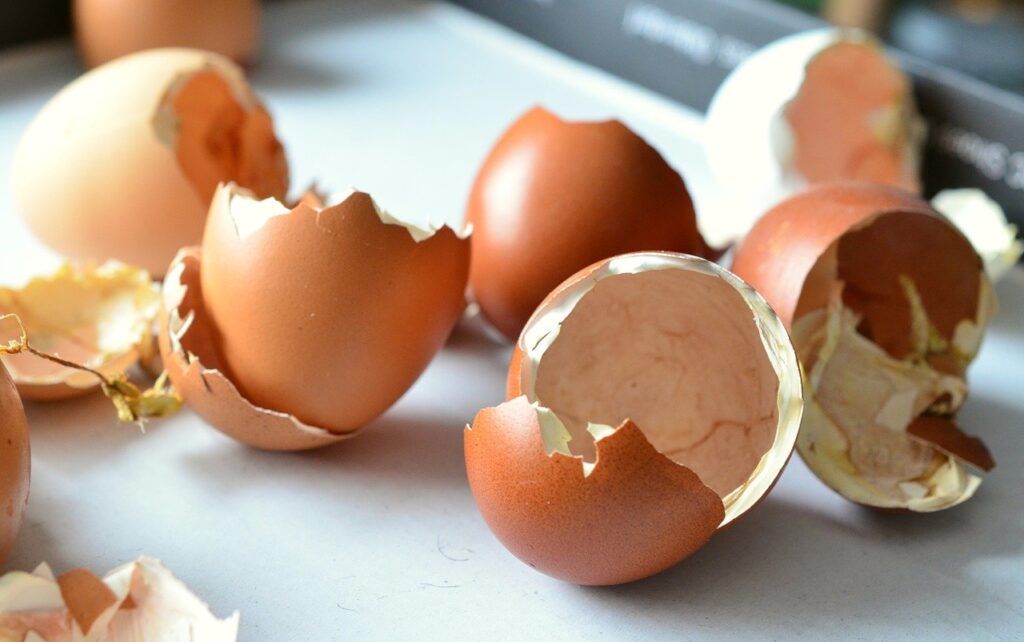
Eggshells add nitrogen, calcium, and potassium to the potting soil mix
Eggshells add nitrogen, calcium, and potassium to the soil. It provides nutrition to the earth for the longer run.
The ground eggshells and water serve as the liquid organic houseplant fertilizer and provide tremendous benefits over synthetic granular fertilizers.
Animal Manure
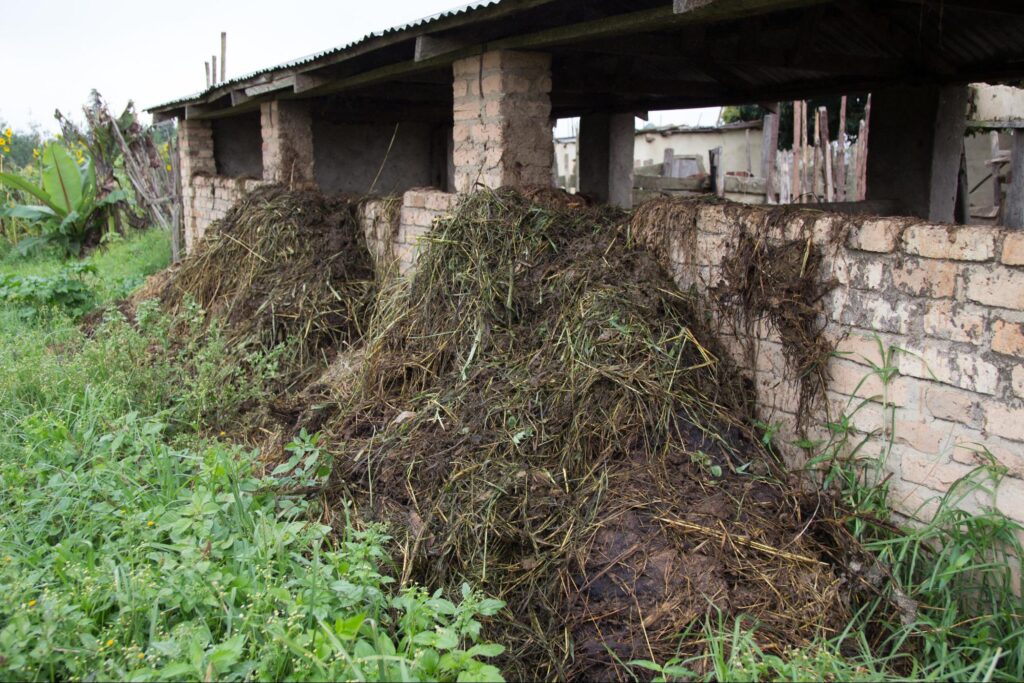
Animal manure in compost piles also enhances the nitrogen levels of indoor plants.
Fresh animal manure contains too much nitrogen, phosphorus, and zinc. Adding it into the potting soil mix and garden soil will indirectly improve the soil nutrients and plant health. The best animals for nitrogen sources are;
- Cows
- Ducks
- Sheep
- Horses
- Rabbits
Types of Nitrogen Fertilizers for Houseplants
The three main nitrogen fertilizer types are for indoor plants;
- Liquid fertilizers
- Granular fertilizers
- Slow-release fertilizers
Liquid fertilizers are the best indoor plant fertilizer applied as a foliage spray or soil drench. However, care must be taken to fertilize indoor plants, such as reading the fertilizer label carefully and only using those plants mentioned on the label.
While the granular synthetic fertilizer is the best and most cost-effective and directly applied to the soil, its application methods are not precise for indoor plants as they sometimes may cause overfertilization.
Slow-release fertilizers are best over granular houseplant fertilizers because they slowly release nutrients in the soil and last three to six months. It is available in capsules, pellets, and pods form.
Practical Tips to Fertilize Houseplants
The following tips are to consider while you fertilize indoor plants
- Only fertilize indoor plants in the growing season and when the plant is developing flower buds
- Do not fertilize indoor plants in the winter season because most indoor flowering plants are in a dormant state at this time of the year.
- Always dilute the fertilizers to the half of recommendations.
- Apply a liquid fertilizer every two weeks and constantly water the plant before application.
- Granular fertilizers apply once a month, while the slow-release fertilizers should apply after four to five months.
- Always read the label to get information about the mode of application because a direct spray to foliage may burn them. Instead, the highly diluted fertilizers should apply to foliage.
Frequently Asked Questions
What Fertilizer Should I Use For Indoor Plants?
Organic fertilizers are best for indoor plants because they improve soil quality and provide feed. These are the best organic fertilizers for houseplants;
- Jack’s classic all-purpose fertilizer
- Miracle-Gro water-soluble plant food
- Miracle-Gro indoor plant food spikes
- Miracle-Gro liquid all-purpose plant food
- Organic liquid seaweed extract and kelp indoor plant fertilizer
- Espoma company organic indoor plant fertilizer
What Are 3 Sources of Nitrogen?
Many plants make their nitrogen when they are in a symbiotic relationship with the soil-dwelling microbes. For example, a mutual symbiotic relationship between rhizobia and legume roots generates nitrogen for plants.
The other natural sources of nitrogen are mineralization, organic matter when decomposed, and plant residue, which also releases nitrogen. At the same time, the inorganic sources of nitrogen are urea or ammonium nitrate, anhydrous ammonia, and nitrification.
What is The N-P-K Ratio For Indoor Plants?
Plants need nitrogen more than potassium and phosphorus in lower quantities. So the best ratio for indoor plants will be 30% nitrogen, 10% phosphorus, and 20% potassium. Nitrogen is required more because it is the main component of amino acids and helps in protein formation.
Why Are Houseplant Leaves Turning Yellow?
The main reason for foliage yellowing is water stress. It may be facing the problem of overwatering or underwatering. Moreover, it may be due to nitrogen deficiency because this nutrient supports the production of chlorophyll molecules in plants. The lack of nitrogen will also negatively impact the root and shoot growth.
Is Human Urine Good For Plants?
Human urine is an excellent source of nitrogen, phosphorus, potassium, and other trace elements. Therefore, its applications to plants in dilution form will bring health and growth benefits to them.
What Does Epsom Salt Do for Houseplants?
Epsom salt does wonders for plants. It has excellent healing properties. Epsom salt protects the plant from nutrient deficiencies and helps them grow and reproduce. The Epsom salt applications in tomatoes and bell peppers result in healthier and more delicious fruit. While in roses, it helps plants in the production of healthy and beautiful flowers.
When Should I Stop Fertilizing My Indoor Plants?
Taper off the fertilization of indoor plants almost before the eight weeks of the first frost. At the same time, the best time for fertilizing your indoor plants is in spring and summer. Always be cautious with the amount of fertilizer you are adding.
What is The Best Fertilizer For Indoor Tropical Plants?
The best indoor plant fertilizers are organic compost tea, banana peel, eggshells, dried legume plants, coffee grounds, animal manure, food, and vegetable waste. These all are rich sources of nitrogen, potassium, phosphorus, magnesium, sulfur, and other trace elements. Most importantly, apply these sources in the liquid fertilizer form or as a soil drench.
How Often Should You Fertilize Houseplants?
It depends upon the nutrient needs of your plants, whether you are growing flowering houseplants or a vegetable garden. The frequency of applications varies from two weeks to four months. For example, if you apply liquid fertilizer, reapply it every two weeks.
If you use a granular or slow-release fertilizer, repeat the application every three to four months.
How Do You Fertilize Indoor Plants With Coffee Grounds?
The best way to fertilize indoor plants with coffee grounds is by adding them to the compost pile and mixing the compost in the potting soil mix. The other way is to dilute the coffee grounds with water and apply it in the same manner as synthetic liquid fertilizer.
How Can I Add Nitrogen Quickly?
The quick way to add nitrogen to the soil and plants is;
- Add blood meal or Alfalfa meal
- Diluted human urine
- Animal manure or manure tea
- Compost
- Dead plant roots and other parts such as leaves
- Plant the nitrogen-fixing plants
- Stop tilling
All the methods mentioned above will add nitrogen quickly to the soil for a more extended period.
Sources For Further Reading
- Ehle, L. (2019, December 27). The ABCs of NPK: A fertilizer guide. OSU Extension Service. Retrieved May 18, 2022, from https://extension.oregonstate.edu/crop-production/soil/abcs-npk-fertilizer-guide
- Quick guide to fertilizing plants. (2020). UMN Extension. Retrieved May 18, 2022, from https://extension.umn.edu/manage-soil-nutrients/quick-guide-fertilizing-plants
- Pennisi, S. V. (2022, April 1). Repotting Basics. University of Georgia Extension. Retrieved May 18, 2022, from https://extension.uga.edu/publications/detail.html?number=B1318
Editor’s Recommendations
Calcium for Houseplants: Why is It Important for Growth and Reproduction?
Epsom Salt for Plants: Is it Good for Your Garden & How to Use it?







